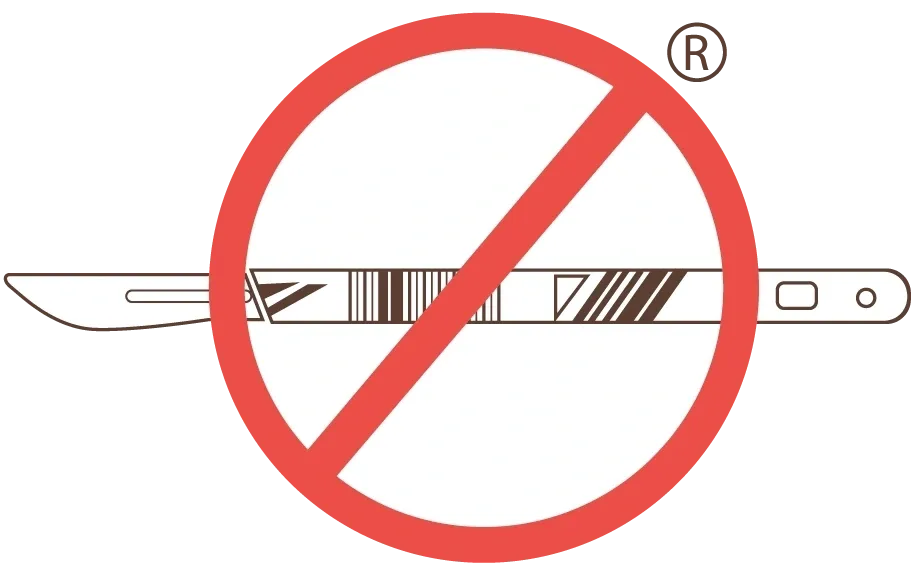Millions and millions of vasectomies have been performed. Vasectomy is a simple, safe surgery for permanent male birth control. The tube that carries sperm from the testicle called a “vas deferens,” is cut and sealed to eliminate sperm from the semen. The no-scalpel vasectomy uses a single puncture in the scrotum instead of two incisions (the old method) and requires no stitches. The procedure usually takes about 10–20 minutes and is usually done with a local anesthetic called lidocaine or xylocaine (similar to novocaine). Vasectomies do not change hormonal function; sex drive, potency, stamina, and strength are not affected. The procedure causes no perceptible change to the semen, although it will no longer contain sperm. Compared to conventional vasectomy, the no-scalpel technique enables the surgeon to access the vas deferens in a smoother, less traumatic manner. This results in less pain and fewer complications after surgery.
Risks
As with all minor surgeries, the primary risks of vasectomy are infection and bleeding. While a vasectomy can usually be reversed with another surgery, the reversal sometimes fails and cannot be guaranteed. Therefore, every patient should treat a vasectomy as an irreversible procedure. Another unusual risk is that the vas deferens can grow back together on its own, potentially resulting in pregnancy. This occurs less than 1% of the time, making vasectomy far more reliable than other birth control methods.
Recovery
After your procedure, you should remain off your feet as much as possible for 24–48 hours. This rest is important to minimize the chance of complications following the surgery. The anesthetic will wear off approximately 1–3 hours after the procedure. If you feel pain or discomfort right after the surgery, taking Tylenol or Ibuprofen should suffice. You may shower the day after your vasectomy. You may carefully resume exercise and sexual activity in approximately 5 days. At this time, you are not yet sterile and safe from causing pregnancy. Your doctor will ask you to bring in a semen sample about 2–3 months after surgery in order to verify your sterility. Continue to use another method of birth control until your semen sample has been analyzed.
A vasectomy might be right for you if...
- You want to enjoy sex without worrying about pregnancy.
- You do not want to have more children.
- Your partner has health problems that would make pregnancy difficult.
- You do not want to risk passing on a hereditary disease or disability.
- You and your partner cannot or do not want to use other forms of birth control.
- You want to save your partner from the more complex, risky, and expensive surgery for female sterilization, known as tubal ligation.
A vasectomy might not be right for you if...
- You are very young.
- You do not really want it, but your partner does.
- You might want to impregnate someone in the future.
- You count on being able to reverse the procedure.
